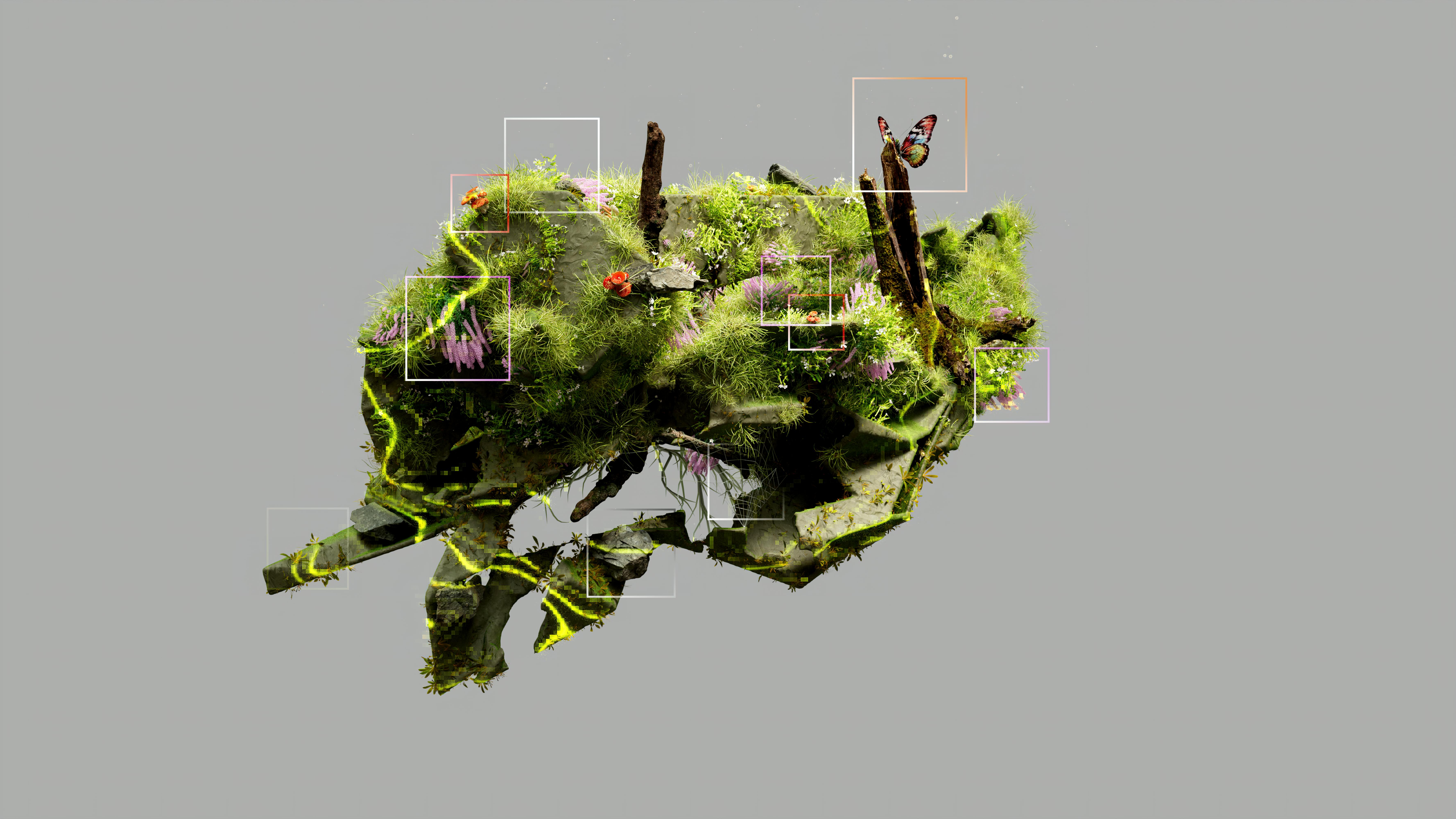The Enigmatic World of Botanical Art in the Digital Age
In a captivating fusion of traditional craftsmanship and cutting-edge technology, botanical art is experiencing a renaissance in the digital era. This centuries-old practice, once confined to the pages of scientific journals and botanical gardens, has found new life in the hands of tech-savvy artists and researchers. As we delve into the intricate world of digital botanical illustration, we uncover a fascinating blend of scientific accuracy and artistic expression that's reshaping our understanding of plant life and conservation efforts.

As printing technologies advanced, botanical art became more widely accessible, playing a crucial role in the classification and study of plant species. The 18th and 19th centuries marked the golden age of botanical illustration, with publications like Curtis’s Botanical Magazine showcasing exquisite hand-colored engravings of exotic flora.
The Digital Revolution: Transforming Botanical Illustration
The advent of digital technology has ushered in a new era for botanical art. Digital tools and software have expanded the possibilities for artists, allowing for unprecedented levels of detail and manipulation. This shift has not only enhanced the artistic process but has also revolutionized the way botanical information is recorded and shared.
Digital illustration programs offer artists a vast array of brushes, textures, and color palettes, enabling them to create hyper-realistic representations of plants. These digital works can be easily edited, reproduced, and distributed, making them invaluable resources for botanists, researchers, and enthusiasts worldwide.
Merging Science and Art: The Role of Technology in Botanical Research
The integration of technology in botanical art extends beyond aesthetics. Advanced imaging techniques, such as electron microscopy and 3D scanning, are now being used to capture minute details of plant structures that were previously impossible to observe. These high-resolution images serve as reference materials for digital artists, allowing them to create incredibly accurate representations.
Furthermore, augmented reality (AR) and virtual reality (VR) technologies are opening up new avenues for botanical exploration. Virtual herbaria and interactive digital gardens are being developed, offering immersive experiences that bridge the gap between scientific documentation and artistic interpretation.
Conservation Through Pixels: Digital Art in Environmental Awareness
As the world grapples with environmental challenges, digital botanical art has emerged as a powerful tool for conservation efforts. Artists and scientists are collaborating to create stunning visual representations of endangered plant species, raising awareness about biodiversity loss and the importance of preservation.
Digital platforms and social media have amplified the reach of these artistic endeavors, allowing botanical artists to engage with a global audience. Through visually striking and scientifically accurate digital artworks, complex ecological concepts are being communicated in accessible and compelling ways.
The Future of Botanical Art: Innovations on the Horizon
The future of botanical art in the digital age is brimming with potential. Artificial intelligence and machine learning algorithms are being developed to assist in plant identification and classification, potentially revolutionizing the field of taxonomy. These technologies could work in tandem with human artists to create even more detailed and comprehensive botanical illustrations.
Additionally, the growing field of bioart, which combines art and biotechnology, is pushing the boundaries of botanical representation. Artists are experimenting with living plant material and digital interfaces to create dynamic, evolving artworks that blur the lines between nature and technology.
As we look to the future, it’s clear that the marriage of botanical art and digital technology will continue to flourish, offering new ways to explore, understand, and appreciate the plant kingdom. This evolving discipline not only honors the legacy of traditional botanical illustration but also paves the way for innovative approaches to scientific communication and environmental stewardship in the digital age.





